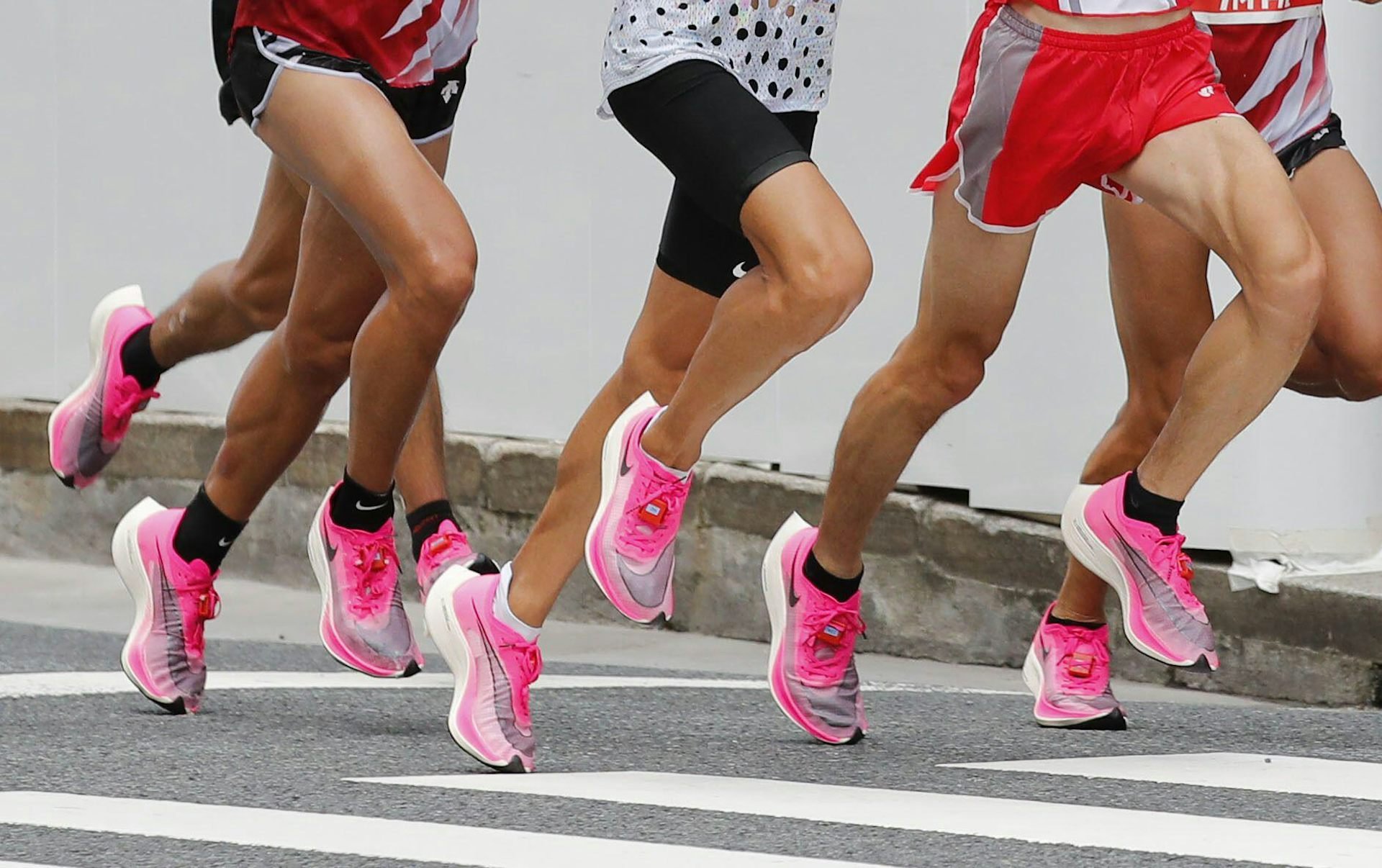Coach Education Resources

World Para Athletics Championships Team Information Session
Watch a replay of the information session for athletes, parents, and coaches of prospective members of the Australian team to the 2024 World Para Athletics Championships in Kobe, Japan.

World U20 Championships: Team Information Session
This information session is designed to help athletes, coaches, parents, and other support staff understand important concepts of the World U20 Championships, including: The role of the World U20s in the athlete pathway, location and performance implications, competition structure, post-selection planning, and team coaches

Optimising Your Training at Altitude
Learn from Athletics Australia’s Lead Physiologist, Avish Sharma and Bryce Anderson as they make evidence informed recommendations for when, why, and how altitude training may be incorporated into an athletes’ training plan.

Athletic Plank Circuit
Core strength is a great asset for all Track and Field athletes.
Both traditional and modified plank exercises have been shown to effectively enhance core muscle endurance, strength, and dynamic stability. Check out this plank series that you can use with athletes of any event group.

Super Shoes: Explaining Athletics’ Technological Arms Race
Jonathan Taylor explains the development in footwear technology that is driving increased performances on the Track and Road.

Hurdle Drill Basics - Walk Overs, Over/Unders, and Can-Cans
Colleen Quigley is a long-distance runner and specialized in steeplechase. The Team USA athlete is going to show you some exercises for your hip strength and hip mobility which is very important for every runner, especially steeplechasers and hurdlers.
Walk Over Drill
Over/Under Drill
Can Can Drill

2024 World U20 Championships Athlete Selection Information
This presentation by the Chair of Selectors, Peter Hamilton, introduces the relevant policy for athlete selection for 2024 World U20 Championships.

Hurdlers and Sprinters - Not So Different Out of the Blocks
Coaches have long thought hurdlers and sprinters start their races differently. However, research analysing World Class sprinters and hurdlers show that sprinters and hurdlers aren’t as different as you think out of the blocks.

2023 World Athletics Rules Update - Information for Coaches
In this special Coach Education Townhall, Brian Roe explains the 2023 changes to World Athletics rules and how they will affect coaches and athletes.

What Makes a Winning Sprinter?
In all sprint running races (100m to 400m), every hundredth of a second gained or lost in the race counts. But, most importantly, the fastest male and female sprinters attain incredible top running speeds, with peaks in excess of 44km per hour and 38km per hour in the men’s and women’s 100m races, for example. So what makes a fast runner?

The Science of Javelin
Mike Barber explains the factors that go into a World Championship winning throw.

Breathing Through Your Nose When You Exercise May Make Your Runs Easier
Most of us would assume that breathing through the mouth is the best technique to use during intense exercise, as it allows more oxygen to reach our muscles. But evidence shows the contrary – and that breathing through your nose may actually be a better technique to use during intense exercise such as running….

Why You Should Perform a Needs Analysis for Your Athletes This Season
Find out the basic structure for building out a needs analysis and determining the priorities for your training plan this season.

What is Running Economy?
Understanding running economy is essential knowledge for all distance coaches. This article covers what peer-reviewed research says about running economy, and training interventions that are the most effective for improving it.

Returning to Sprinting After Lower Limb Injury - A Peer Reviewed Approach
In the International Journal of Sports Physical Therapy, Lorenz and Domzalski have released a detailed rehabilitation program for athletes returning to sprinting after a lower limb injury. The program is a simple 3-stage process with clear criteria for progression to reduce the risk of injury reoccurrence.

The High Jump Approach - Finding Where to Start the Curve
According to Nenad Peisker, one of Australia’s leading High Jump coaches, 90% of success in the high jump lies in an effective and consistent approach. There are a number of tools that coaches can use to measure and design an effective personalised run-up and this article will examine one of the methods that is becoming increasingly popular in America.

Body Composition Assessment Guidelines
Assessments of body composition provide a useful tool to determine the impact of nutrition strategies and training interventions. However, in particular athletes, such activities have the potential to cause harm. Protocols should be established and implemented before, during and after assessments of body composition to reduce this risk. These guidelines seek to safeguard the athlete and apply to each individual athlete, their coach(s) and their local support network.

Top Five Tips for Integrating a New Athlete in Your Squad
Sooner or later as your coaching experience grows – you may be asked to take on a new athlete. But how do you go about building this new relationship and integrating the athlete into an existing squad? Rohan Short shares five useful tips for how to effectively absorb new athletes into your squad.

Monitoring Training Load for Track and Field Athletes
The article will introduce the principles of internal and external training load and encourage you to monitor both internal and external load measurements of your athletes.

Strength for Sprinting - Connecting Gym Gains with Sprinting Performance
What can the coach do to ensure that the time the athlete is spending in the weights room is being used most effectively for performance gains? This article looks at how we can select exercises in the gym that have the greatest transfer to sprinting performance.

